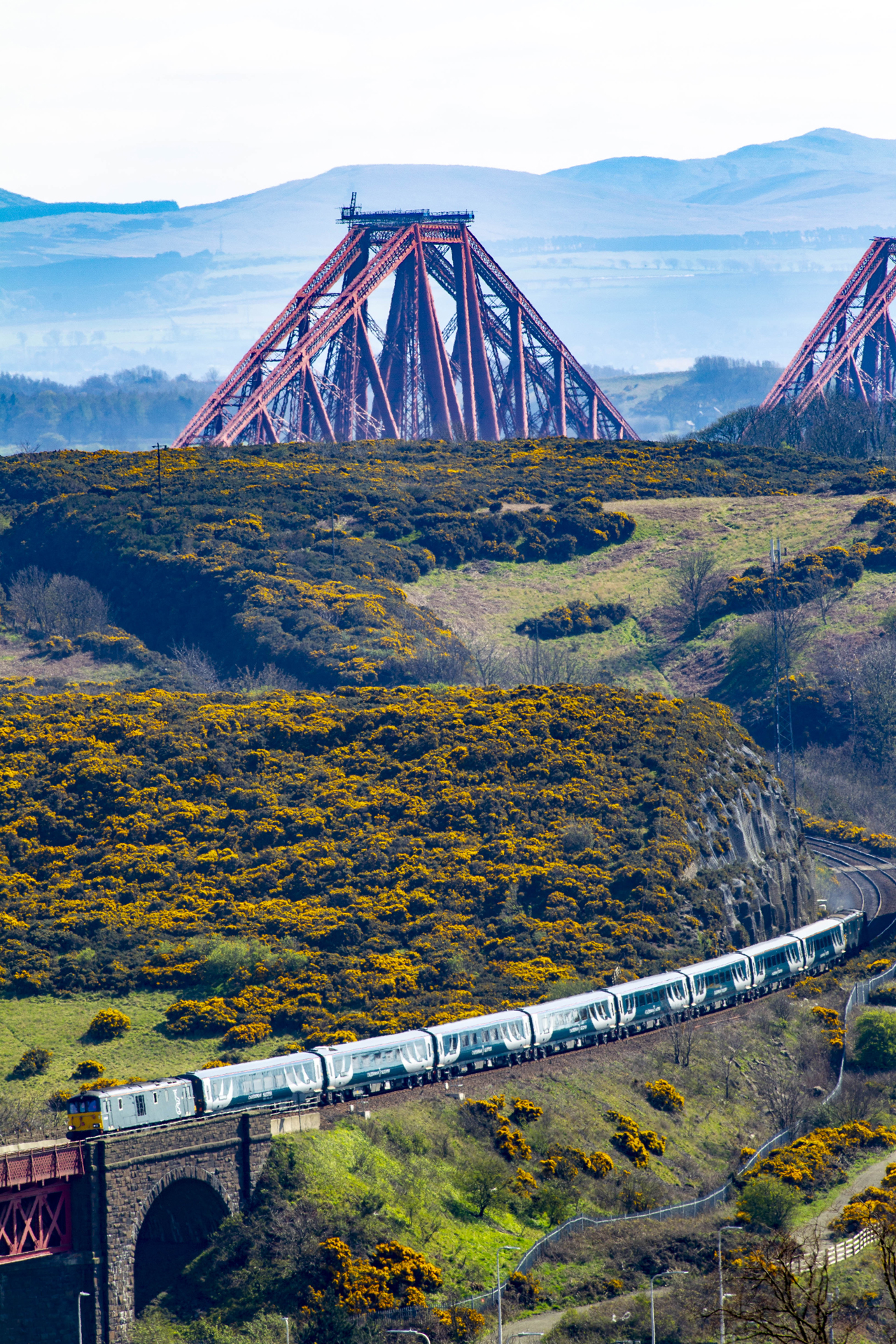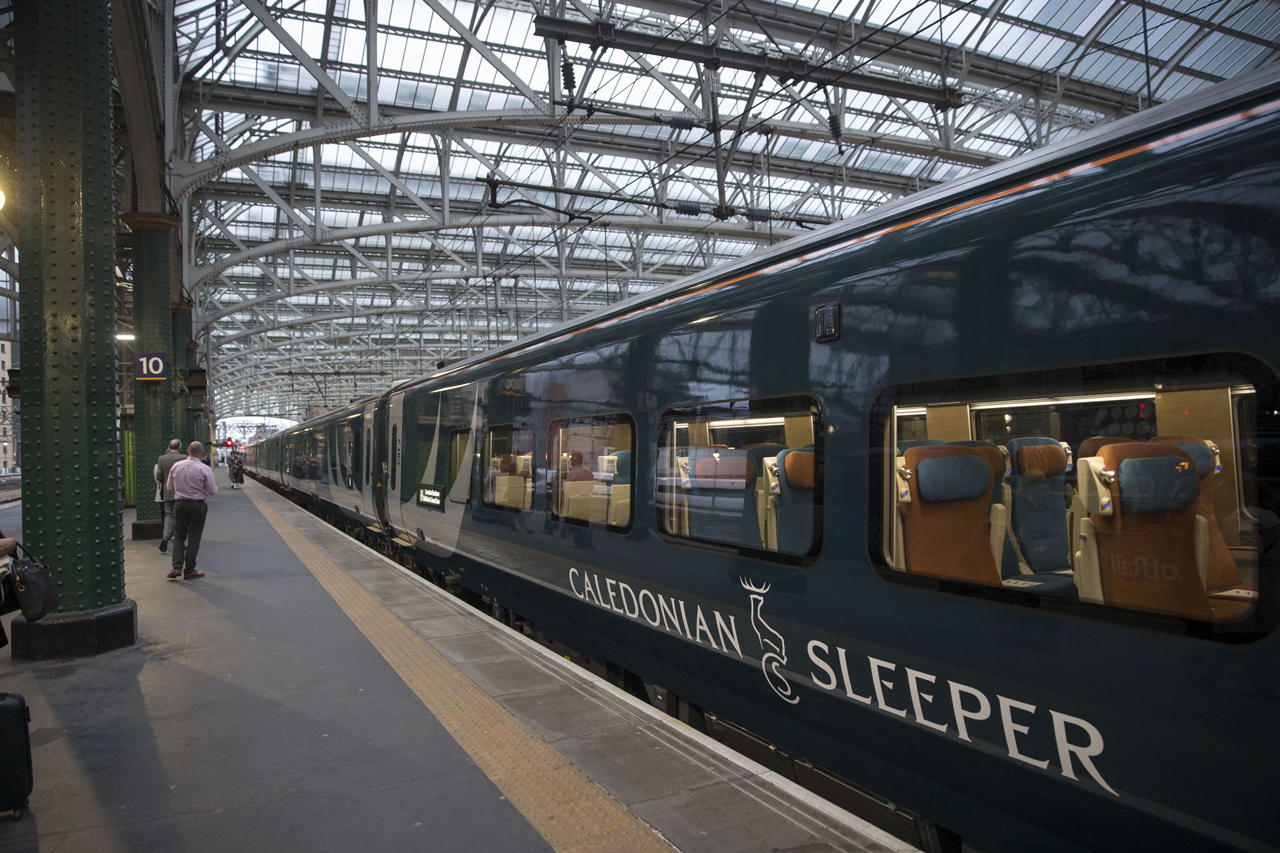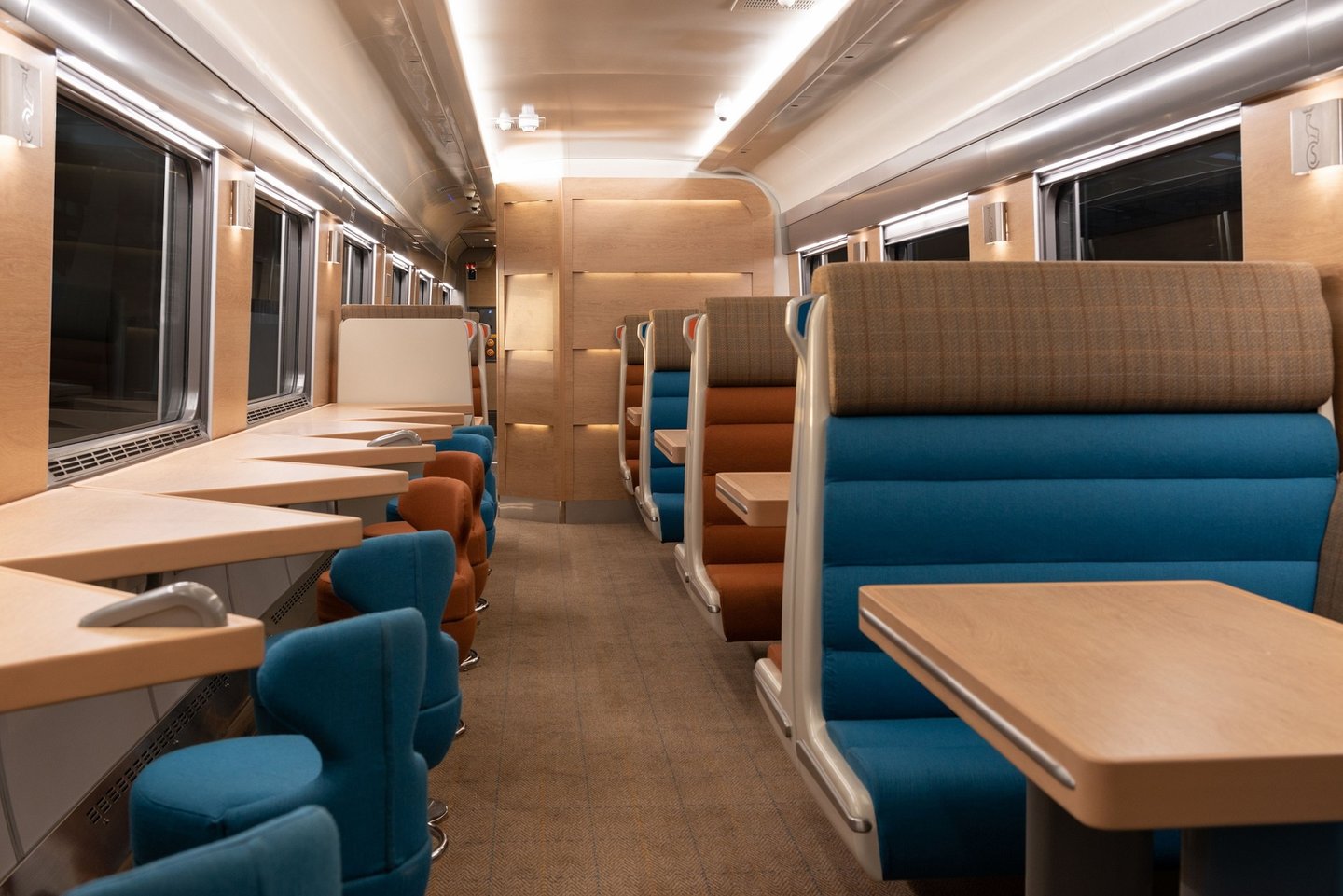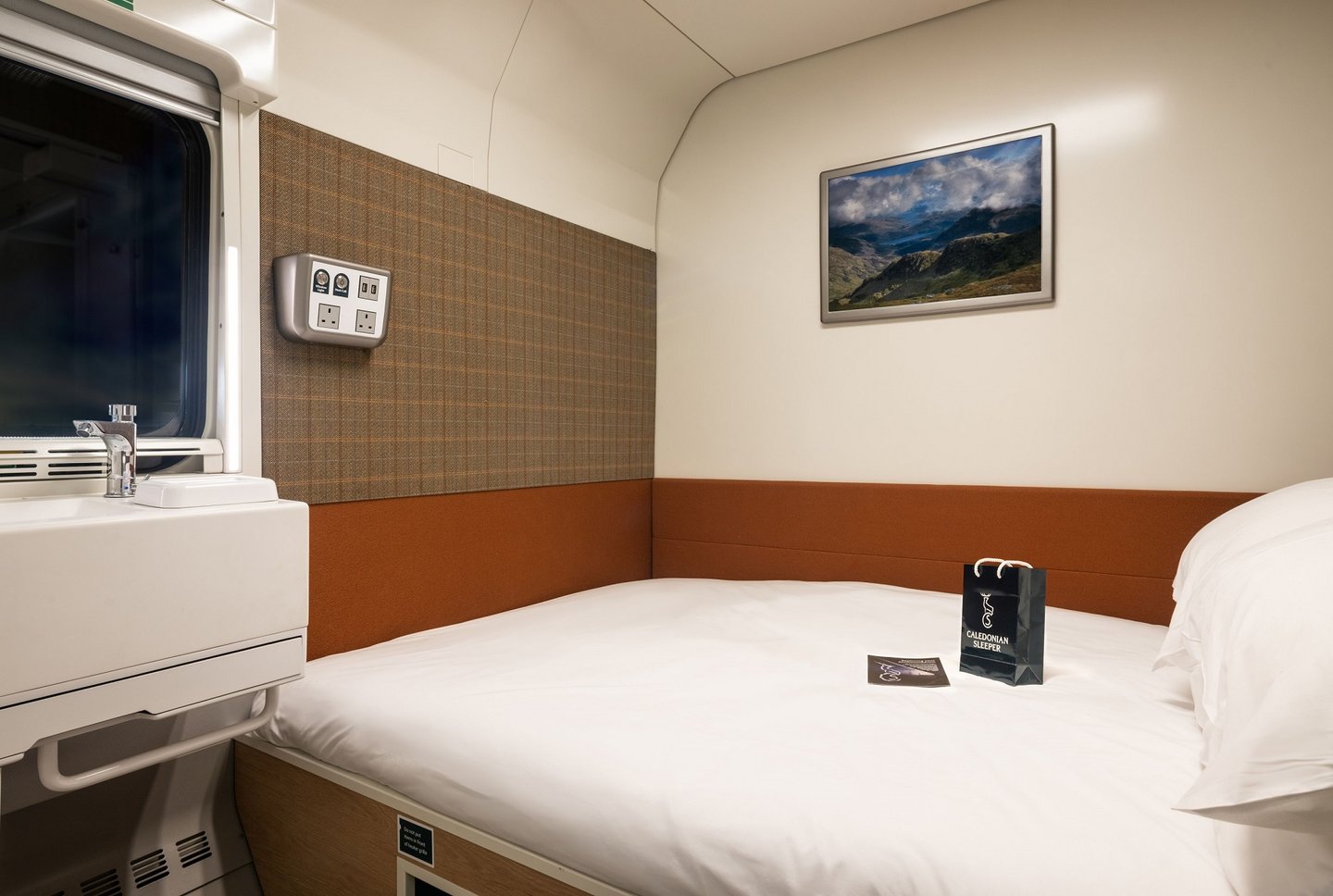Rolling Stock
From London to Scotland: Cruising along with the new Caledonian Sleeper
In operation since June, the new Caledonian Sleeper fleet was recently revamped to carry passengers between London and some of Scotland’s finest locations. Adele Berti casts an eye over the luxurious amenities awaiting passengers onboard.
W
ith High-Speed 2 facing continuous delays and the Edinburgh Fringe Festival only a few months away, Caledonian Sleeper will look like a dream on wheels for anyone travelling between London and Scotland.
As the holiday season kicks off and fares soar, the Serco-operated company has just rolled out a brand new fleet of 75 trains to connect the capital and various Scottish locations from £45. Partially funded by the Scottish Government, the new £150m carriages have been redesigned and improved to provide a ‘hotel on wheels’ experience for families and business travellers.
It was a long-awaited change from the Caledonian Sleeper, which has been criticised for its ageing stock, lack of Wi-Fi and noisy carriages.
In operation since June, the trains will feature new entries, such as en-suite bathrooms and top-of-the-range mattresses and will run between the two ends of the UK in under eight hours.
On board Britain’s most famous sleeper line
Having existed in different formats since 1873, Caledonian Sleeper is one of the only two existing sleeper rail services in the UK.
Throughout the years, the service has beaten a number of competitors – including Stagecoach’s overnight sleeper coaches between London and Glasgow and First's Greyhound night coaches – to become the most distinguished sleeper line in the country.
As the new fleet finally gets underway, it will run along two main routes. The Highlander route links London, Glasgow and Edinburgh, while the Lowlander journey will connect the capital with iconic Scottish locations such as Aberdeen, Inverness, and Fort William.

A ‘dream’ development for guests
Having received a £60m subsidy from the Scottish government, the new Caledonian Sleeper fleet is made of 75 new carriages, including a total of 484 rooms and 14 accessible carriages. The service is operated by Serco on behalf of Transport Scotland. It was built by CAF in Spain and completed its test run in late January this year.
Perhaps one of the most welcome changes in the new fleet is the addition of new technology that helps ensure travellers sleep undisturbed during the night. Having previously received complaints from passengers who were woken up by carriages as they completed shunting procedures, the company’s latest engineering technology will fully eliminate this noise.
As the operators told the BBC, introducing these 150 Dellner couplers will be a "dream" move for snoozing guests.

Renovated interiors
Caledonian Sleeper’s new interiors have been designed and decorated by Edinburgh restaurant designer Ian Smith, and comprise blue seats and light brown tones. These colours are particularly distinct in the Comfort Seats area, where passengers looking to save money can stay overnight for as little as £45.
In the words of Ryan Flaherty, Serco’s managing director for the Caledonian Sleeper, the trains have been “completely revamped to reflect the monumental and exciting changes to our service”.
Prices for the Classic Rooms start from £140 for a single guest and £170 for the Shared alternative. All trains have also been equipped with accessible rooms for travellers with limited mobility.
Regardless of the price of the ticket, all passengers will be able to use Wi-Fi services, charging stations and key card entry systems.

Premium bedroom facilities
As relaxing as it can be, sleeping on a chair can’t compare with the comforts offered by the premium rooms, the Club Rooms and Caledonian Doubles, costing respectively £205 and £335 for the Solo options and £250 and £400 for Shared.
Both packages include an en-suite bathroom, station lounge access, breakfast and luxury toiletries, as well as mattresses from the supplier to the Queen.
According to Herald Scotland, this is part of the Scottish Government’s attempt to offer its business passengers and tourists a more sophisticated journey and service.
